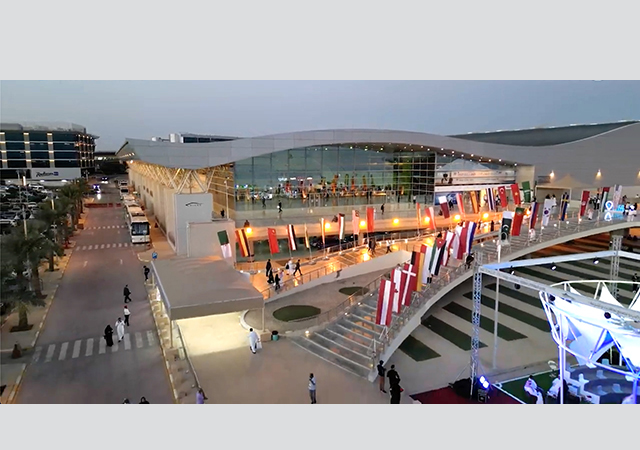
 Friendship Bridge ... “a quantum leap” in efforts to strengthen ties between Bahrain and Qatar.
Friendship Bridge ... “a quantum leap” in efforts to strengthen ties between Bahrain and Qatar.
CONSTRUCTION work on the $3 billion Qatar-Bahrain Friendship Bridge was expected to begin this month following the completion of a series of studies.
Said to be the world’s longest transportation link constructed over the sea, the bridge stretches across 40 km, carrying a two-lane dual carriageway motorway.
Describing the bridge as one of the most important urban projects in the region, chairman of Qatar-Bahrain Causeway Foundation Ahmed Hassan Al Hammadi said the geological and maritime survey had already started.
“The implementation stage will begin in January,” he said, adding that the bridge represented “a quantum leap” in efforts to strengthen economic development and social ties between the two countries in particular and the Gulf states in general.
‘’The giant project is expected to complete in 51 months, that is, in 2013,” he said.
When complete, the Friendship Causeway will link Ras Ashiraj on the west coast of Qatar to Askar on the east coast of Bahrain.
The road link will run over a total of 18 km of embankments where the sea is shallow and 22 km of viaducts and bridges over deep water, including two 400 m cable-stayed bridges over shipping channels. At its apex, the bridge has two 400-m-high cable-stayed spans with a length of 225 m, allowing for international shipping to pass beneath it. There is provision for telecommunication and electricity lines, with fibre optic cables incorporated inside the bridge girders.
The causeway will also provide for future high-speed freight and passenger rail lines between the countries. Plans are on the anvil to include a railway line for a 380-kmph train that will cut the travel time to half an hour and raise the project’s cost to $7 billion. In addition, the rail route could possibly be extended to link Istanbul, Turkey to Muscat, Oman.
The design-build contract for the bridge was awarded last May to a consortium led by Qatari Diar and France’s Vinci Construction Grand Projects. The group also includes Germany’s Hochtief, Athens-based Consolidated Contractors Company (CCC), Belgium’s Dredging International, and the local Middle East Dredging Company (Medco).
While Medco will undertake the marine and dredging works, the civil works will be carried out by the joint venture members.
Denmark’s Cowi, which completed the conceptual and basic designs, is working as the design consultant on the project.
Halcrow and US consultant KBR have recently been awarded the programme management services contract. The two companies beat rivals including Mott MacDonald to oversee the contracting consortium on behalf of the client, the Qatar-Bahrain Causeway (QBC) Foundation.
Work is expected to start on both sides simultaneously. The bridge section will be prefabricated onshore and each bridge will be 80 m long. The expressway will be 35 m wide, with two traffic lanes and an emergency lane in each direction.
Upon completion of the causeway in about four years, the journey by road between Bahrain and Qatar, which now takes five hours, will reduce to 30 minutes. It will link with the King Fahad Causeway that runs from Saudi Arabia to Bahrain, connecting the entire region.
The Bahrain-Qatar causeway is expected to have an initial traffic of 4,000 cars on an average day, which is projected to increase to 12,000 cars by 2050, according to a spokesman for Vinci.
Commenting on the steps initiated to minimise environmental impact, Vinci Construction Grands Projets area manager Yanick Garillon says: “Hydraulic flows have been taken into account to ensure neutral balance and we have obtained an EIA (environmental impact assessment) from both the countries. The project will also consider shrimp cultivation around the embankments to add bio-diversity.
“International environmental specialists are conducting studies on protecting the dugong population and the project will include all environmental safeguards in line with the World Bank standards.”


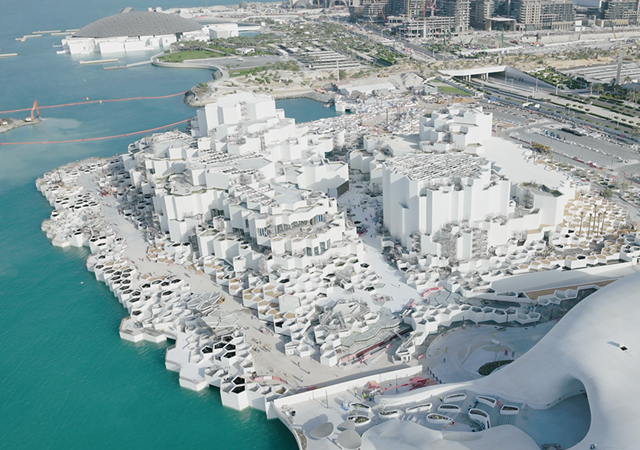
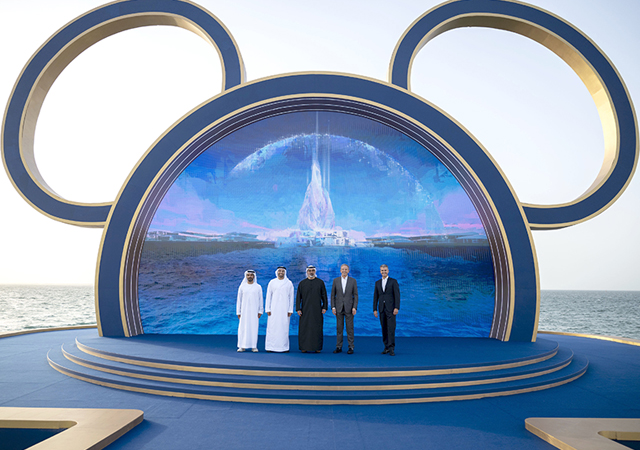

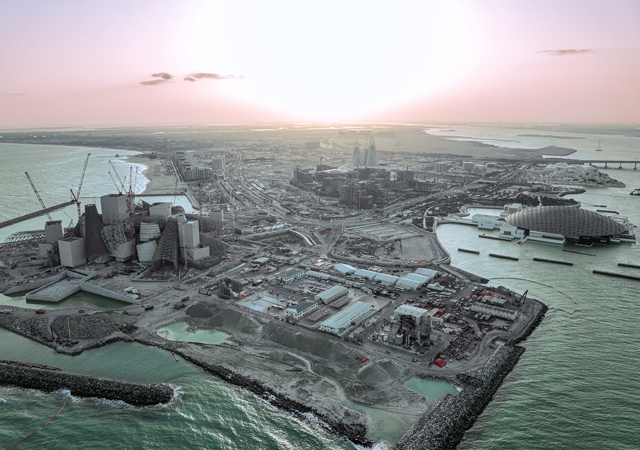
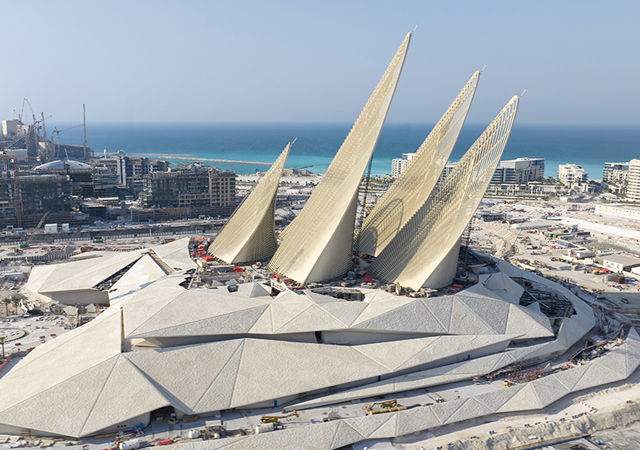
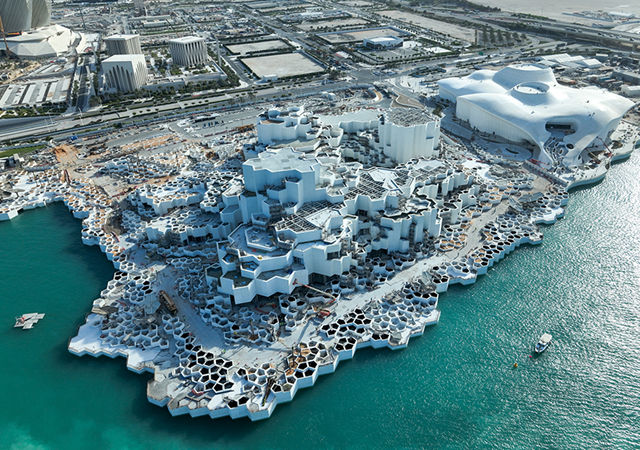
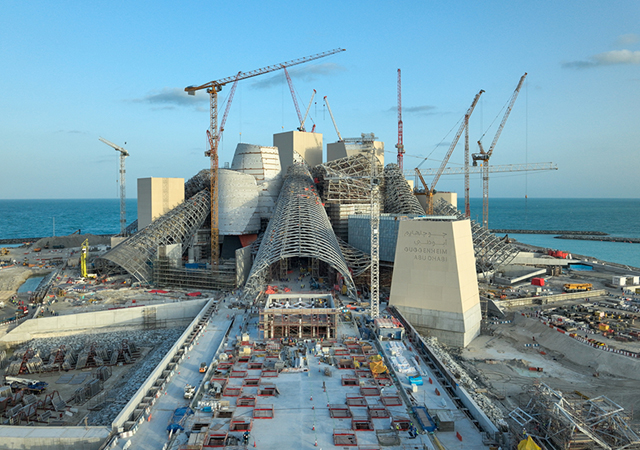
.jpg)

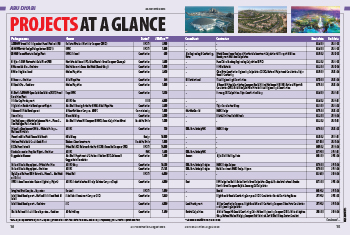


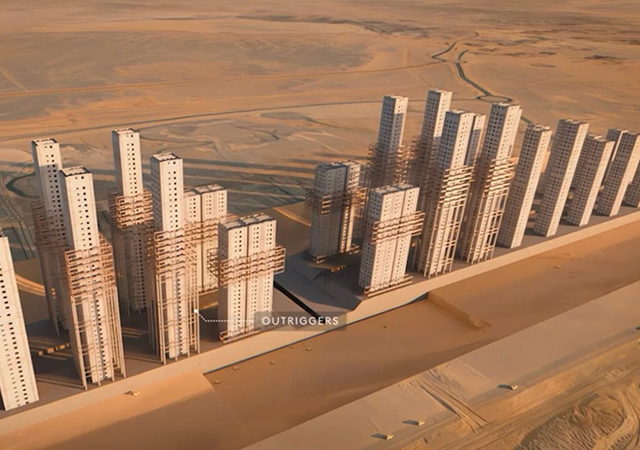
.jpg)
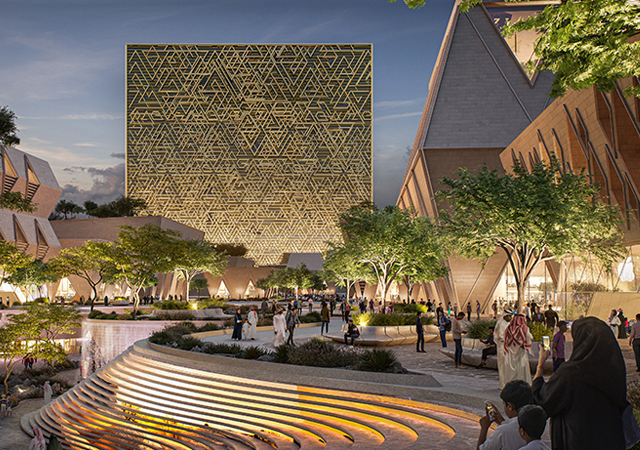
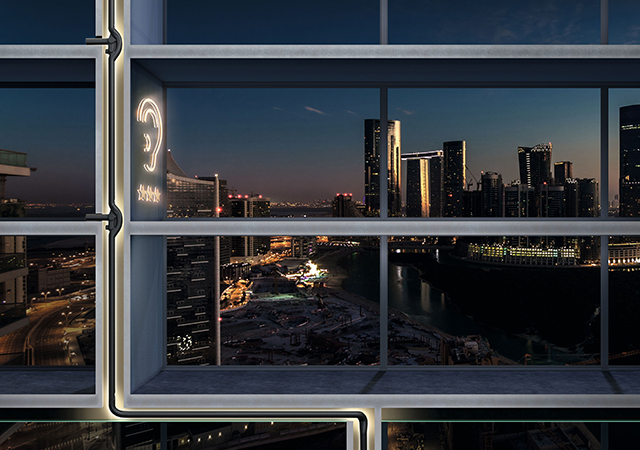
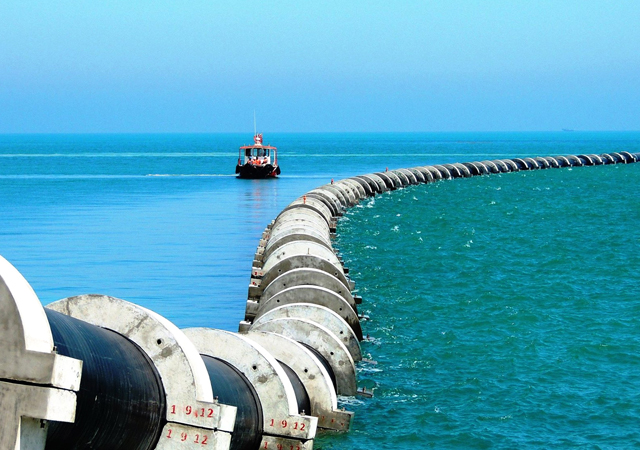



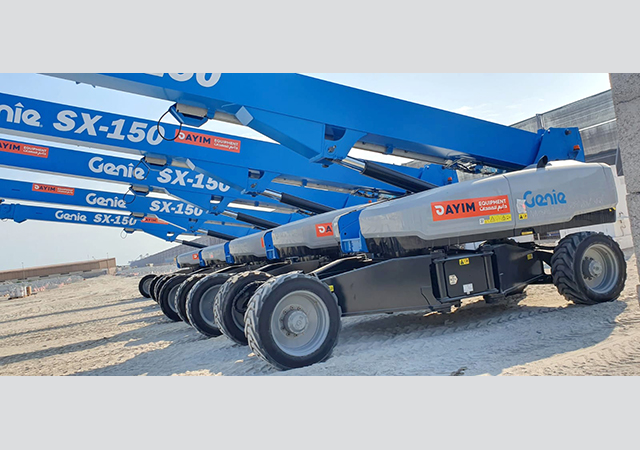
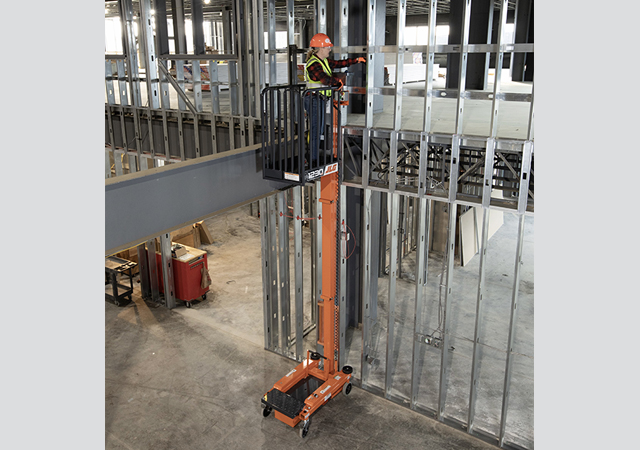
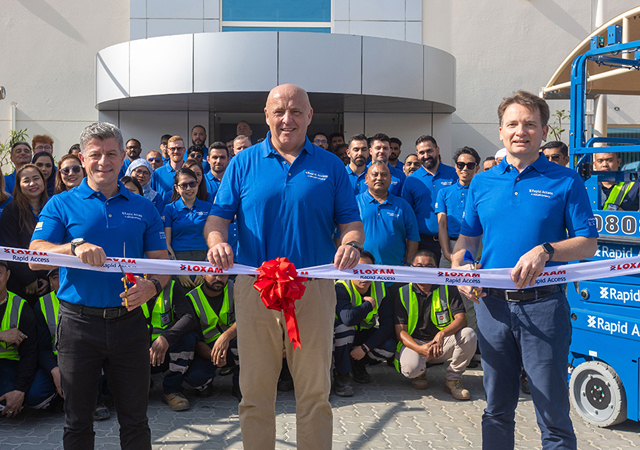
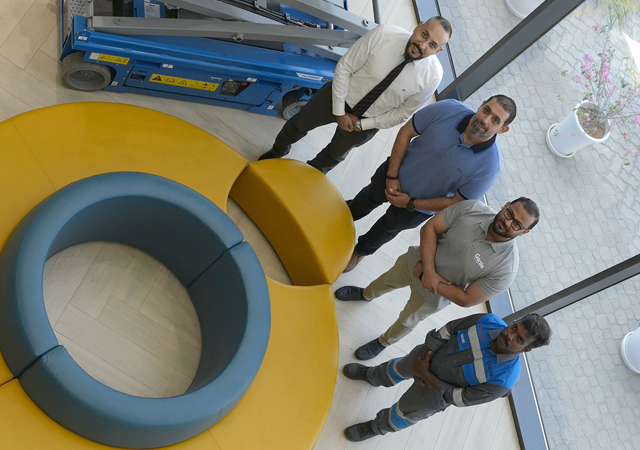
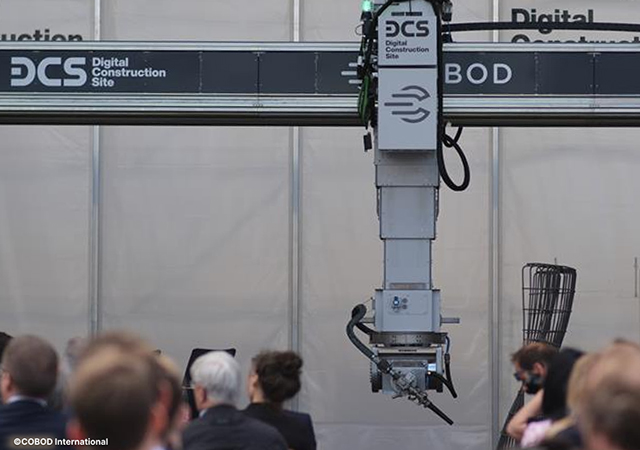
Doka (2).jpg)

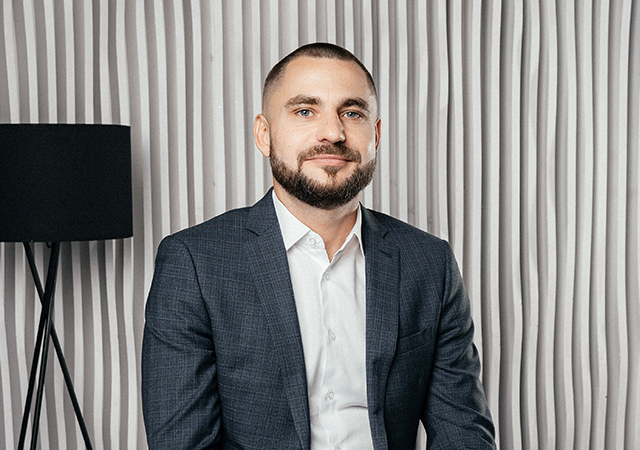


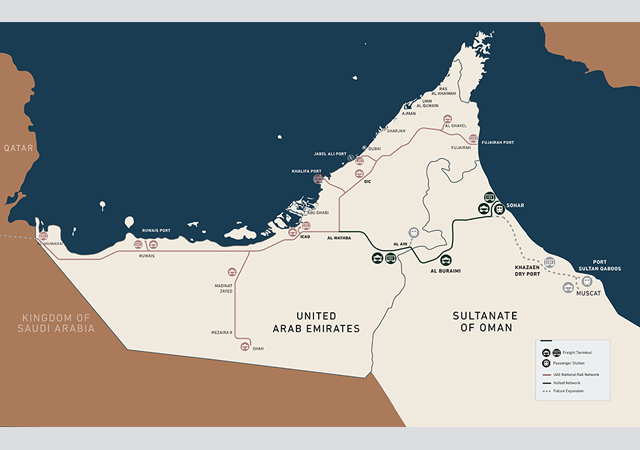



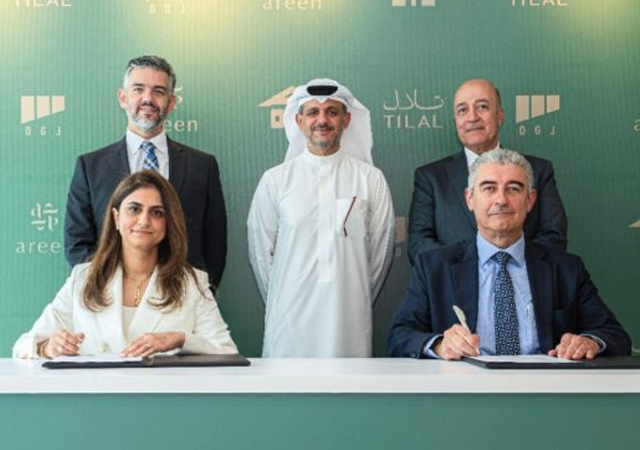
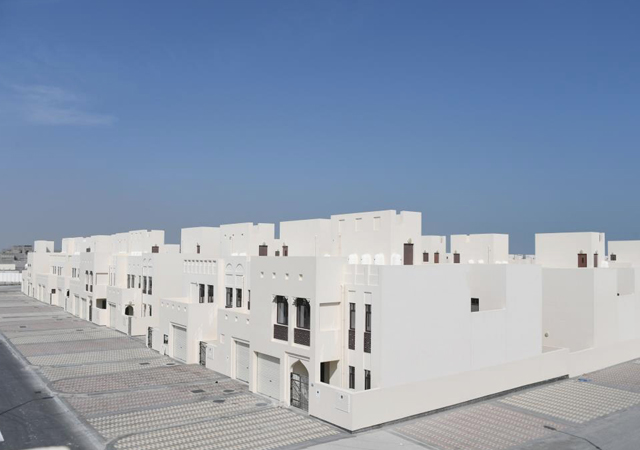

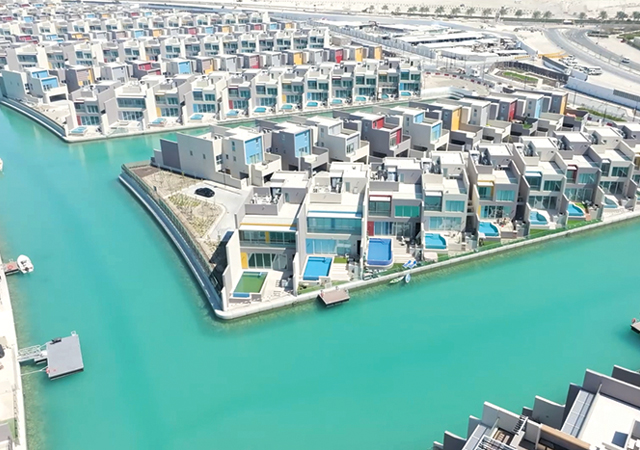
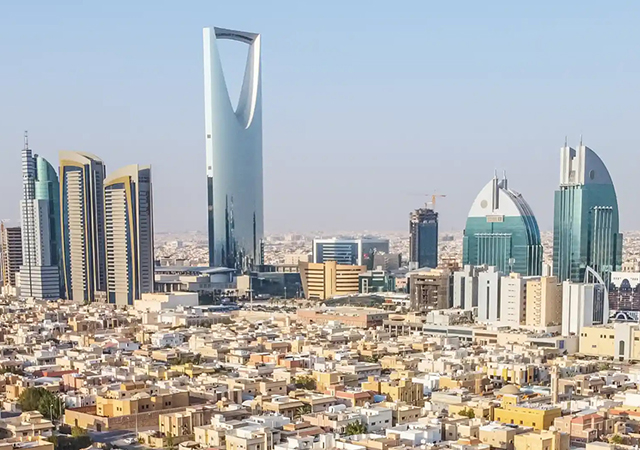

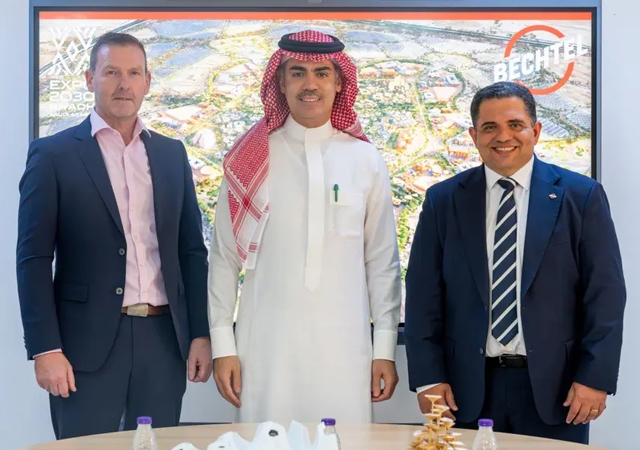
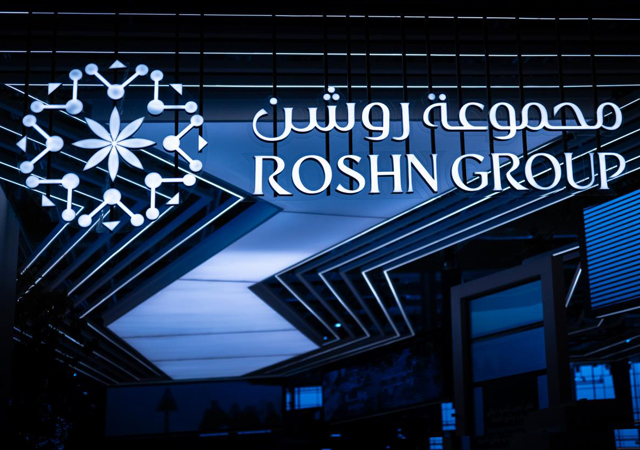
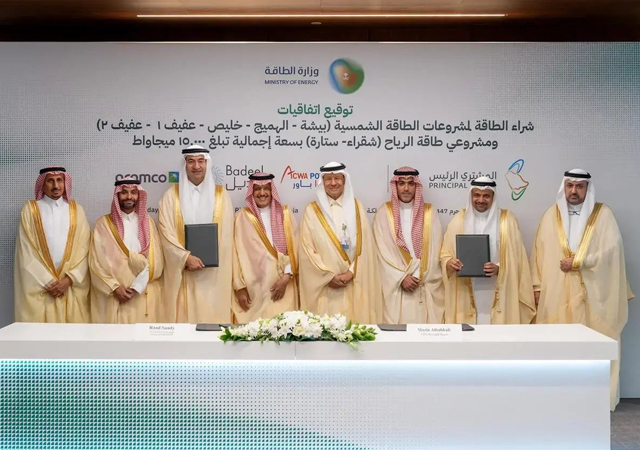
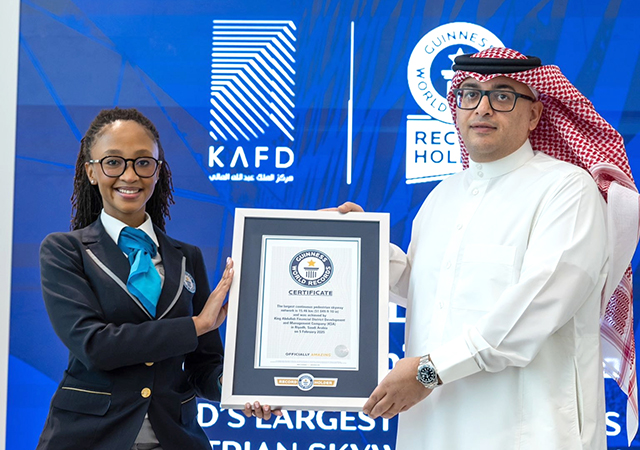

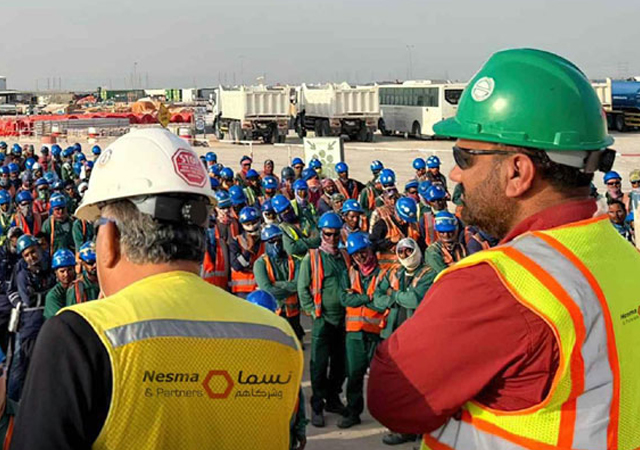

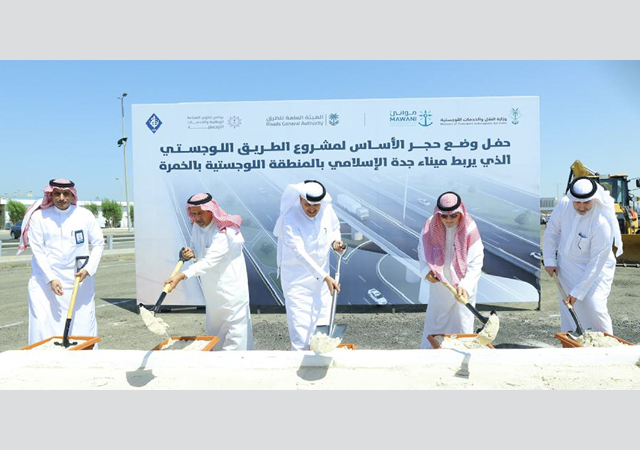



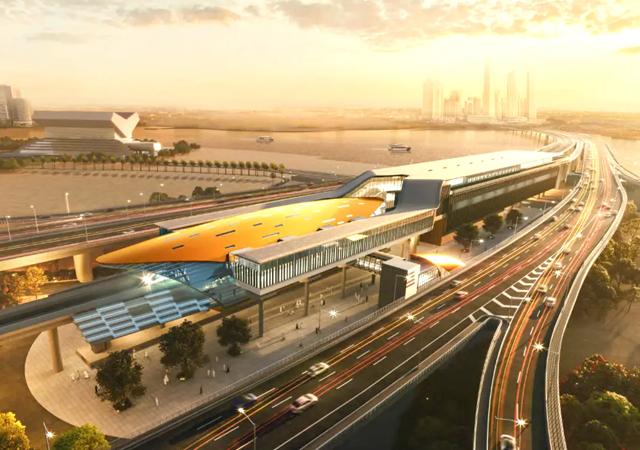
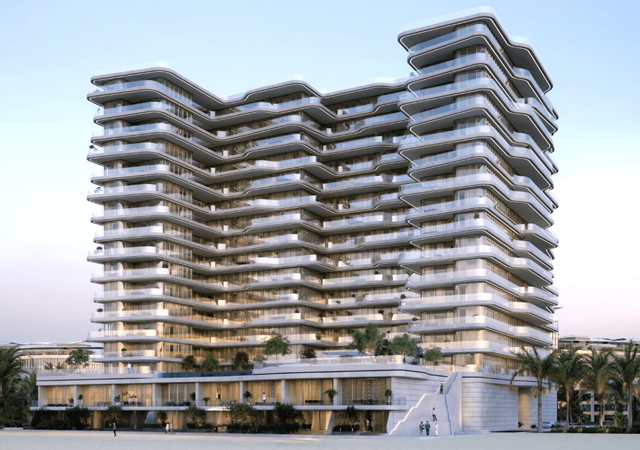

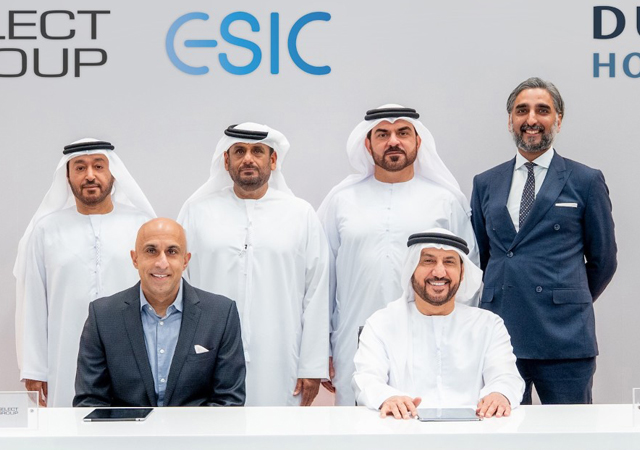

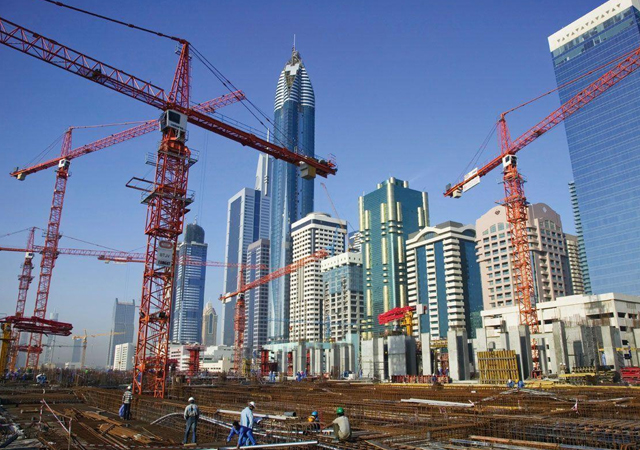
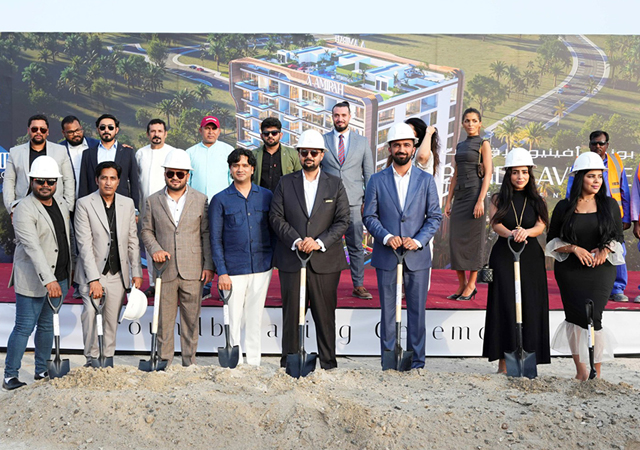




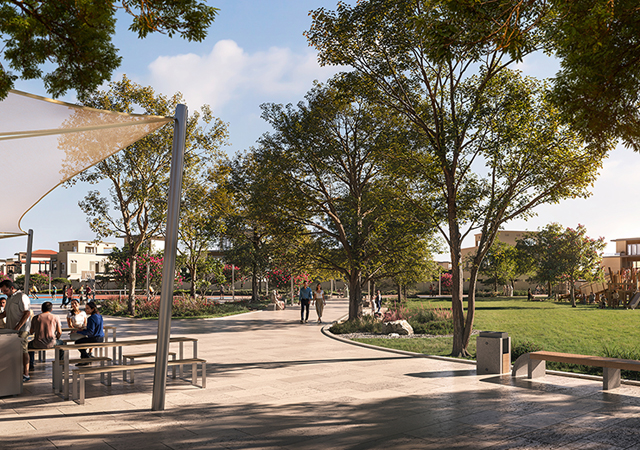
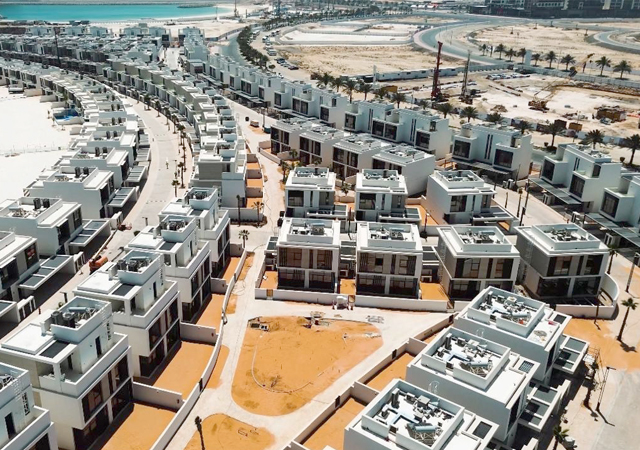
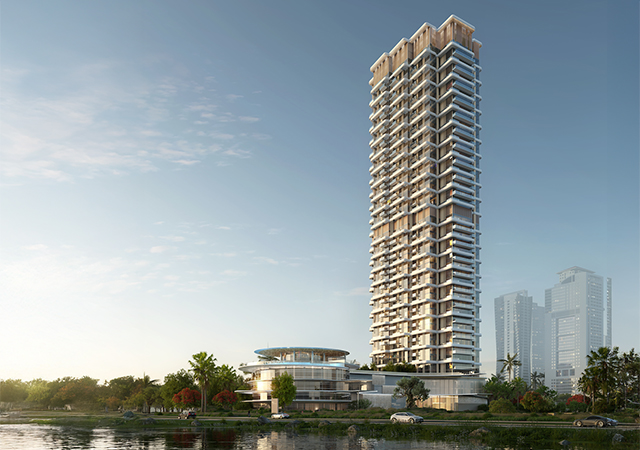
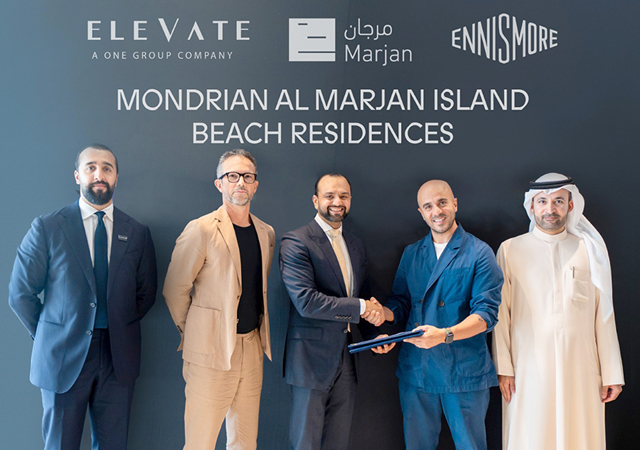
.jpg)
.jpg)
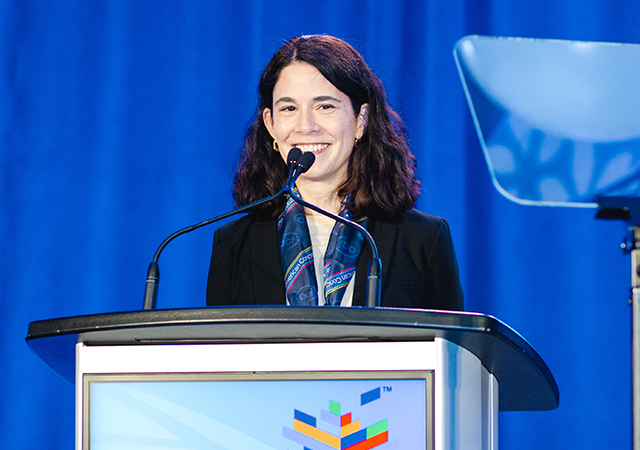
.jpg)
